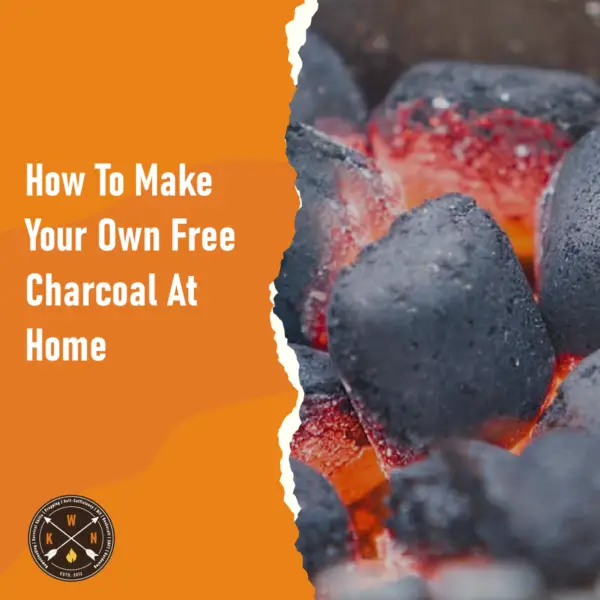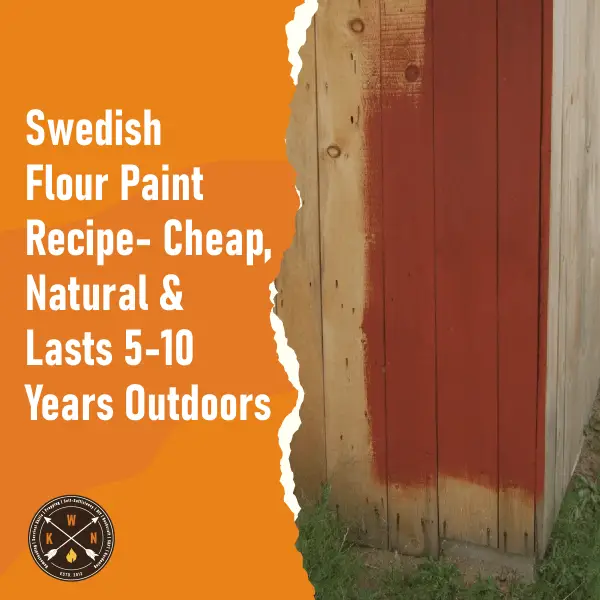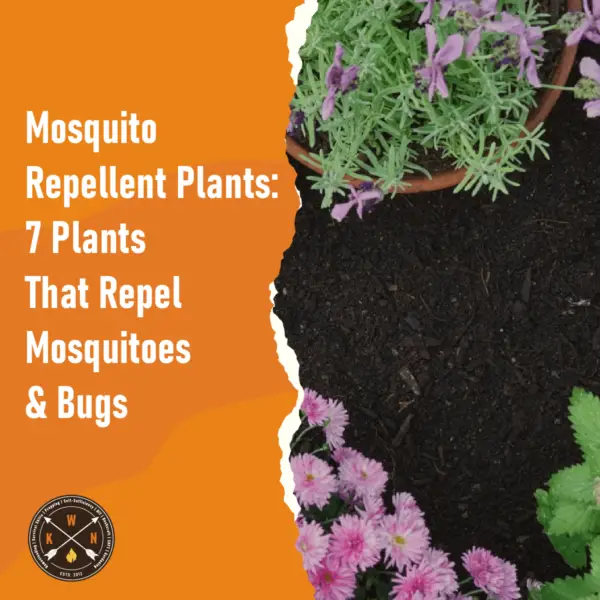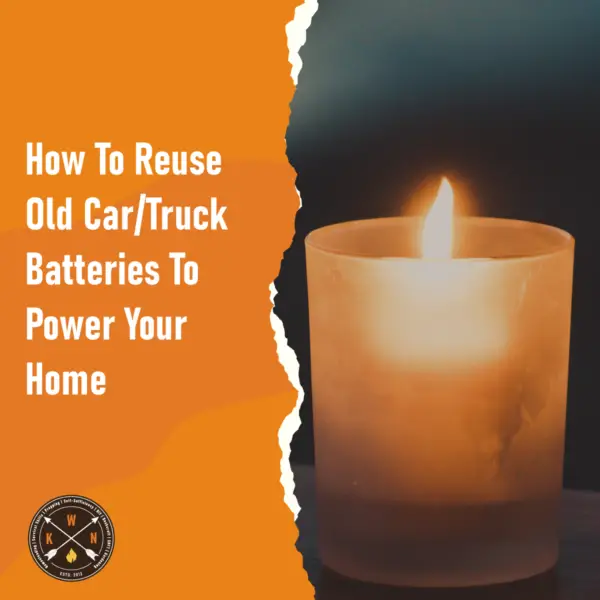
How To Make Your Own Free Charcoal At Home
For most of us, charcoal means one thing – summer barbecues! However, charcoal can also

For most of us, charcoal means one thing – summer barbecues! However, charcoal can also

From an early age, I knew it was kind of possible to reuse disposable, single-use

With the cost of living skyrocketing in areas all throughout the country, many consumers are

Are you looking to do a little paint refresh? Do you want to do it

As well as the plants that repel mosquitoes, we’ve also included a few plants repel

I have an old DEWALT cordless drill. The battery no longer holds its charge. I

Car and truck batteries need to provide 100s of amps to get an engine started.

If you already have a wood-burning stove at home that heats your water, this is